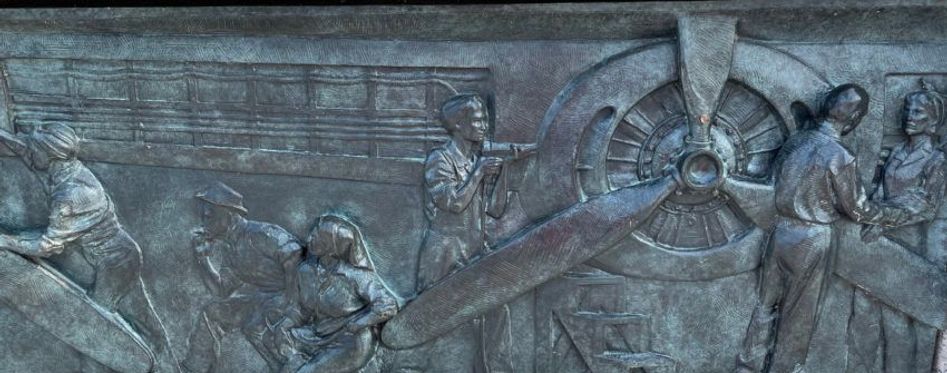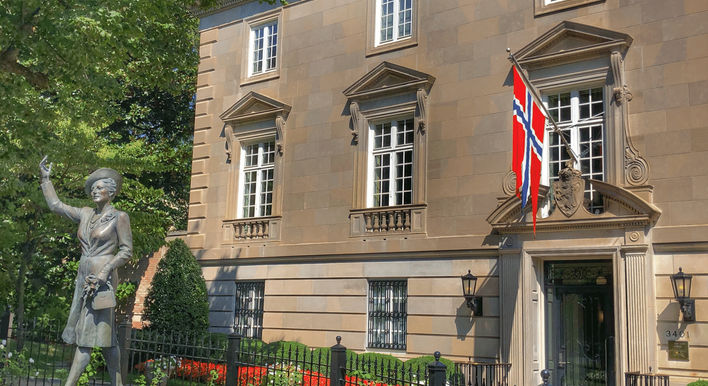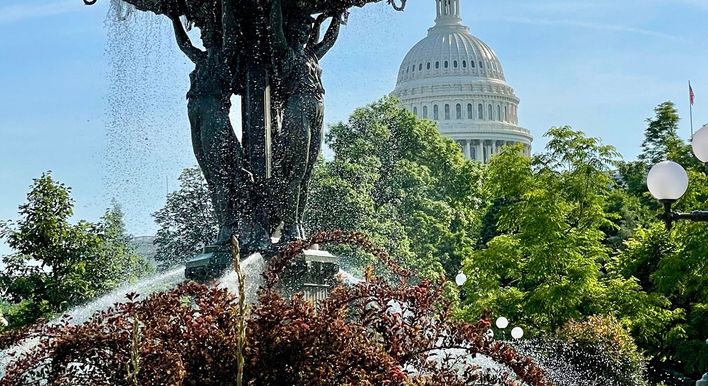One of the things I like best about the WWII Memorial is that it remembers everything and everyone that made victory possible. Because the war wasn’t won by only those in combat. It took a monumental effort on the home front to feed and supply our troops.
A tour we think you'll love
The wreaths of oak leaves represent America’s industrial might – the ability to manufacture planes, ships, bullets and faster than our advisories. And the wreaths of wheat represent America’s agricultural production – the ability to feed everyone at home, troops around the world and sailors on the seven seas. And after the war, to feed our former enemies through the Marshal Plan.
But to get a better idea of the sacrifices made by those at home, I had to travel to the sleepy beach town of St Simons, Georgia. Its laid-back vibe belies its home front role in WWII. The story is told in the World War II Home Front Museum in what used to be a Coast Guard station.
This museum is a real gem. It tells the story of how St Simons was transformed by the war. An airport was built to train navy pilots. Blimps patrolled to coast looking for U-boats. And in households here and across the country food, clothing, shoes, tires, and gasoline was rationed for civilian use. And coastal towns like St Simons had blackouts so U-boats couldn’t spot ships against the night lights of the town.
What struck me most about this museum is how it conveyed the spirit of the home front. No one complained about how their rights were being violated because they had to turn their lights out at night. The cause was bigger than that. And success depended on everyone doing their part.
So, if you’re visiting St Simons or Washington, DC make sure you stop and remember the sacrifices made on the home front.







